We are told so often that we should start seeds indoors six to eight weeks before our last frost date, that this starts to become the guideline for every type of seed and plant. That’s fine if all you’re growing are relatively fast-growing annual vegetables. But six to eight weeks is not the right time for all types of seeds that we start.
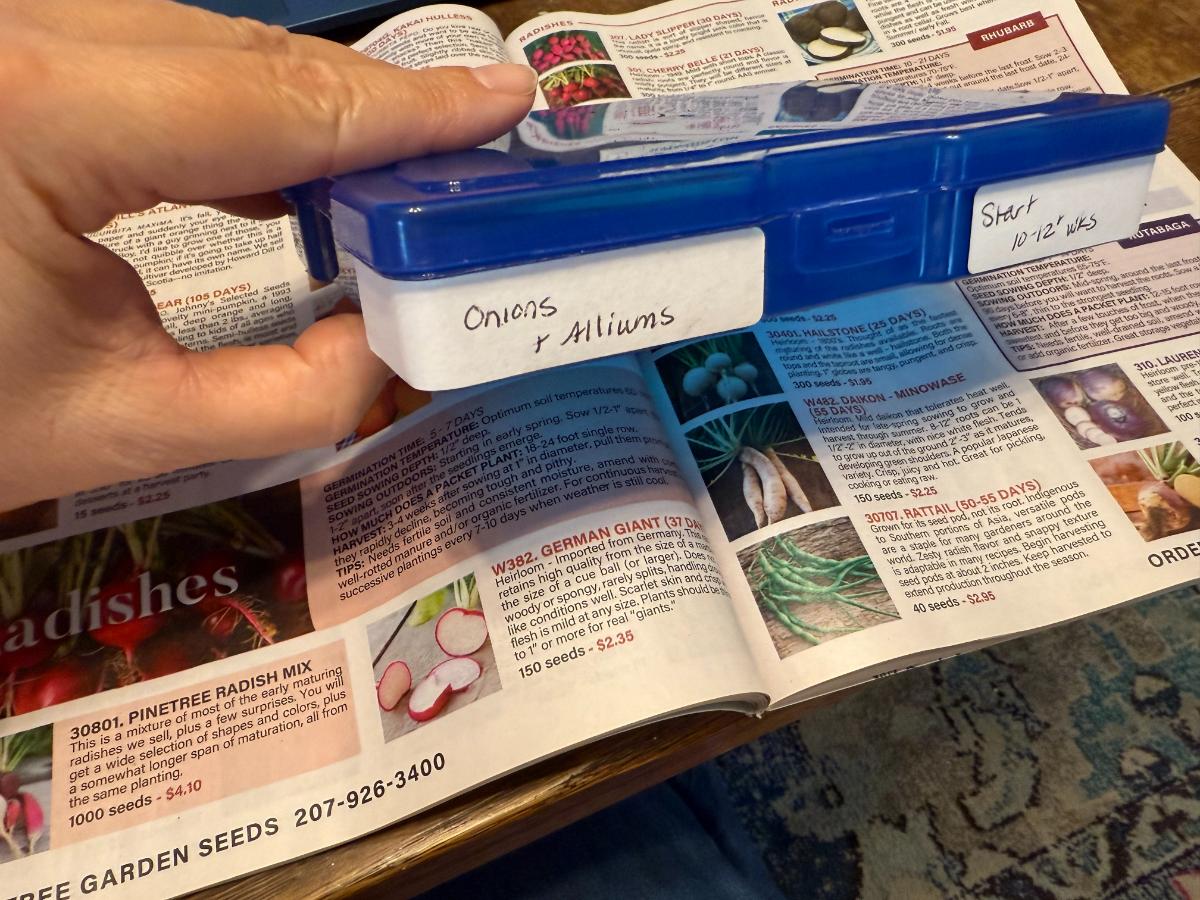
In fact, there are a great many seeds that need far more time than that. Some need even double that time if you want to have strong, reliable plants of at least four inches for transplanting.
Before you find yourself with no time left to start all the seeds you planned to grow from seed, take a look at the types of seeds that need that extended time to start.
Jump to:
1. Herbs
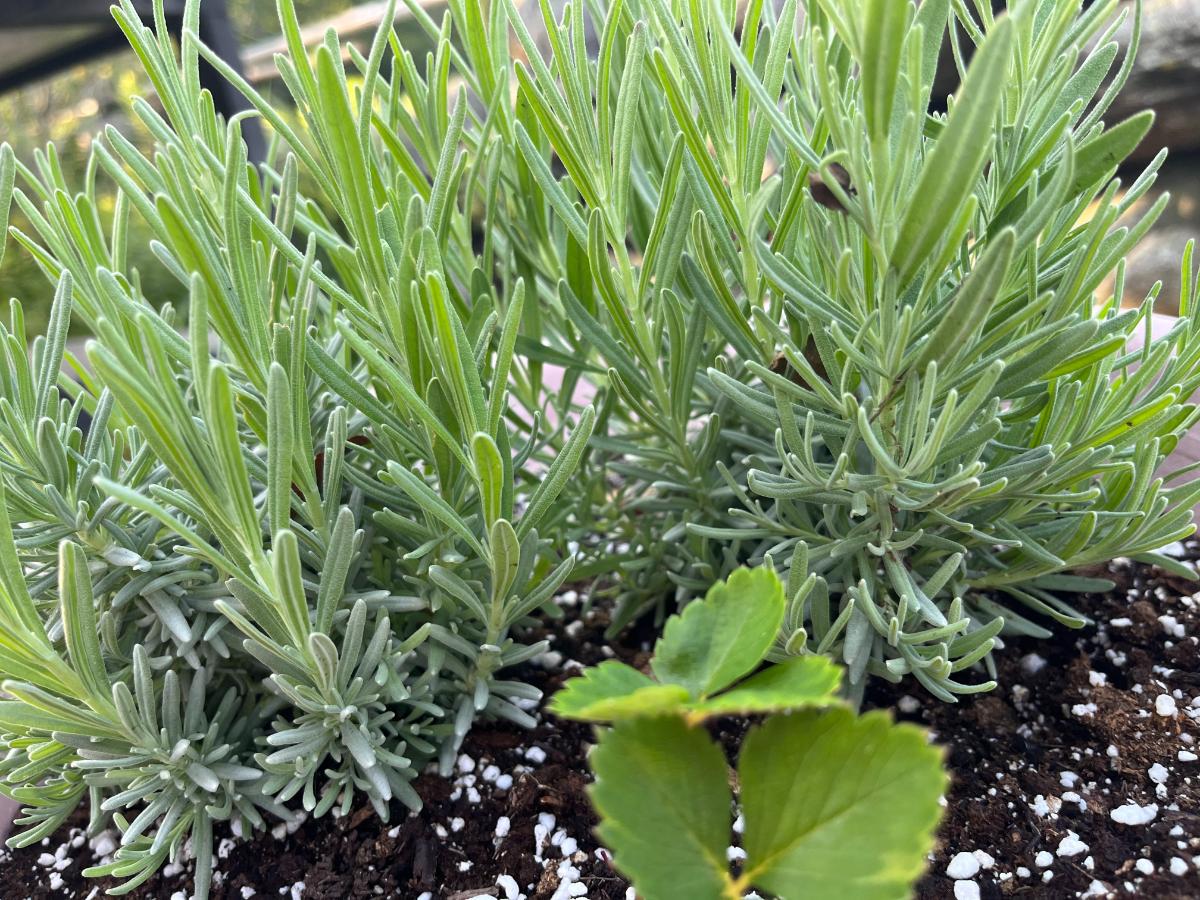
Herbs are generally slow to germinate and slow to grow. There are some exceptions, but typically, it’s in your best interest to start herbs much earlier than you might think, even months before you plan to plant them outside.
Another reason to start many (if not most) herbs early is that you can’t go wrong. While some annual vegetables can experience issues if they are started too early and kept too long in transplant pots, herbs don’t have the same issue.
Herbs are perennials, really. They may or may not grow as perennials where you live, but they have that ability, and growing them for longer just gives you bigger, better, more established plants to transplant outside.
Another reason to start herbs early is that they can be more difficult to germinate. Some will need cold stratification. All of this is extra time you need to accommodate for. If your seeds fail to start, it would be nice to have a buffer of time in there to start a second set.
Herbs grow so slowly that it is unlikely you will need to pot them up beyond a two to four-inch seedling pot. If they do outgrow their pots, that is an option but there are very few herbs for which that will be a real problem.
Of course, there are some faster-growing plants like cilantro, basil, and dill that you don’t need to start quite so early, but there are many others that will need time to reach a substantial size for transplanting.
These herbs are known for particularly slow germination and growth. They are the ones that you want to make sure you start early on. Make them the top of your planting list. Even three or four months is not too early to start these herbs from seed:
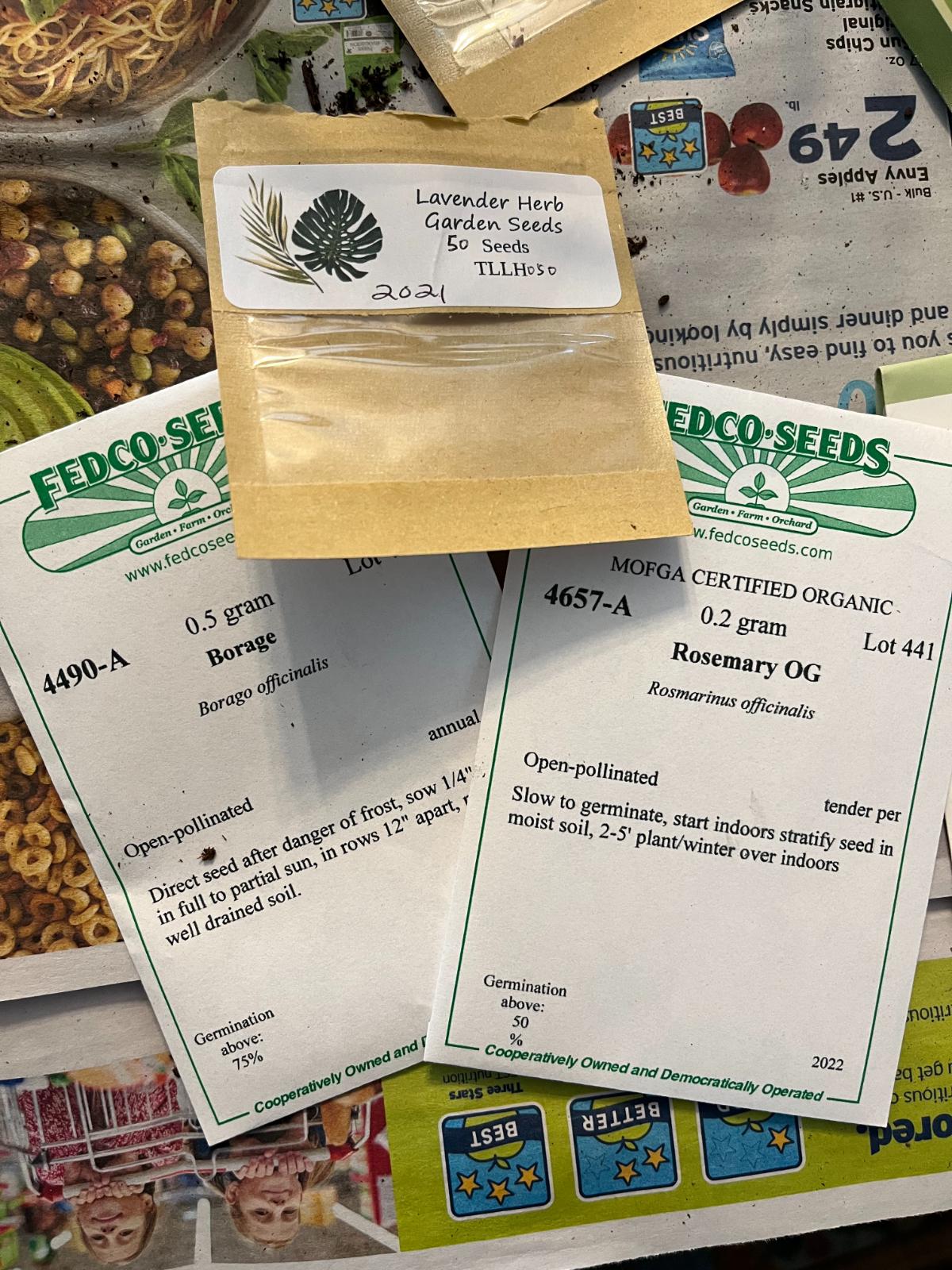
- Lavender
- Thyme
- Rosemary
- Oregano
- Marjoram
- Sage
- Verbena
2. Flowers

Flowers can be all over the map when it comes to germination times. Some come up quickly, while some will take the first two or three weeks just to germinate.
Like herbs, certain flowers can be unreliable germinators, too, so building in some extra time for restarting and replanting is a smart idea (and/or overplant, to begin with -- you can always give away or sell extras).
The other problem with not starting most flowers early is that, while they will germinate and grow a plant that can be transplanted, they will still be in a small, immature stage that is a long time away from blooming.
By spring transplant time, we are usually looking for sizable flower transplants that have begun to form buds or are even in bloom. So, if you want flowers with color to fill up your spring flower beds, hanging baskets, and boxes, give them more time than just a couple of months. For most flowers, at eight weeks, you will only have green plants, and there will be no bloom and show for a month or more after that.
Here are some flowers you’d be wise to start early:
- Pansies
- Geraniums
- Impatiens
- Lobelia
- Begonia
- Dahlias
- Lisianthus
- Celosia
- Dusty miller
- Lupine
- Coneflower
- Petunias
- Coleus
- Stock
- Hollyhock
- Vinca
- Flowers for hanging baskets and planters that you want in flower by your last frost date
3. Ornamental Perennials
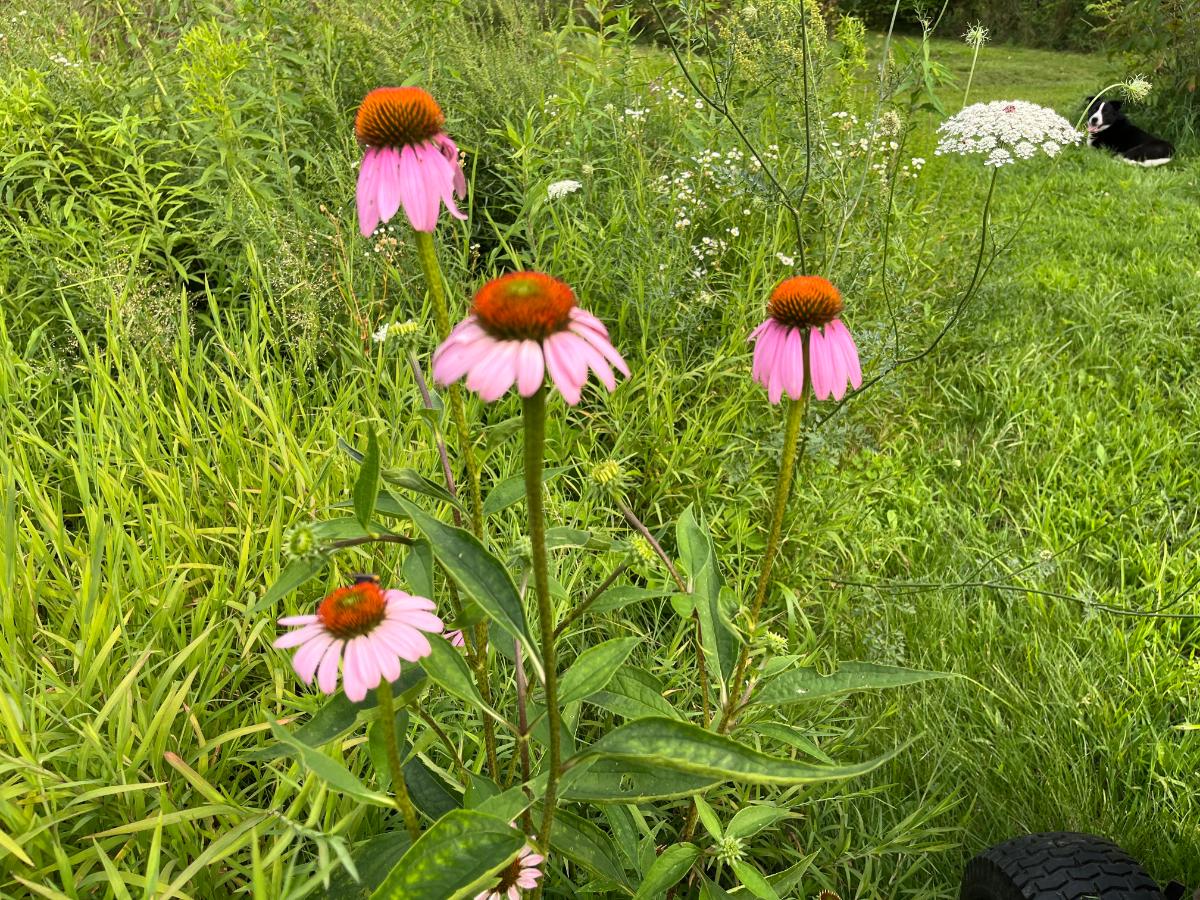
Perennials are in a different category for seed starting because they are slower growing. They often have slow seed germination times. They also frequently have other requirements like cold stratification and perhaps soaking or scarification.
This makes sense from a natural point of view. In nature, these things help them sprout at the right time, and slow, cool growth in the early parts of the season helps them establish strong root systems.
For us, it’s enough to say just plan for slower germination and slower growth and development and plant them plenty early so you can get them to a good transplant size.
Go ahead and start perennials of any type first. This may be two or three months earlier than you plan to start other annuals. January is not too early to start ornamental perennial plants from seed!
Also, keep in mind that perennials will be frost and cold-tolerant (at least they will be if you are selecting perennials that are hardy for your area). They should be in the ground long before the heat of summer sets in, so they need to be ready for transplanting earlier than your annual transplants, too.
4. Edible Perennial Plants
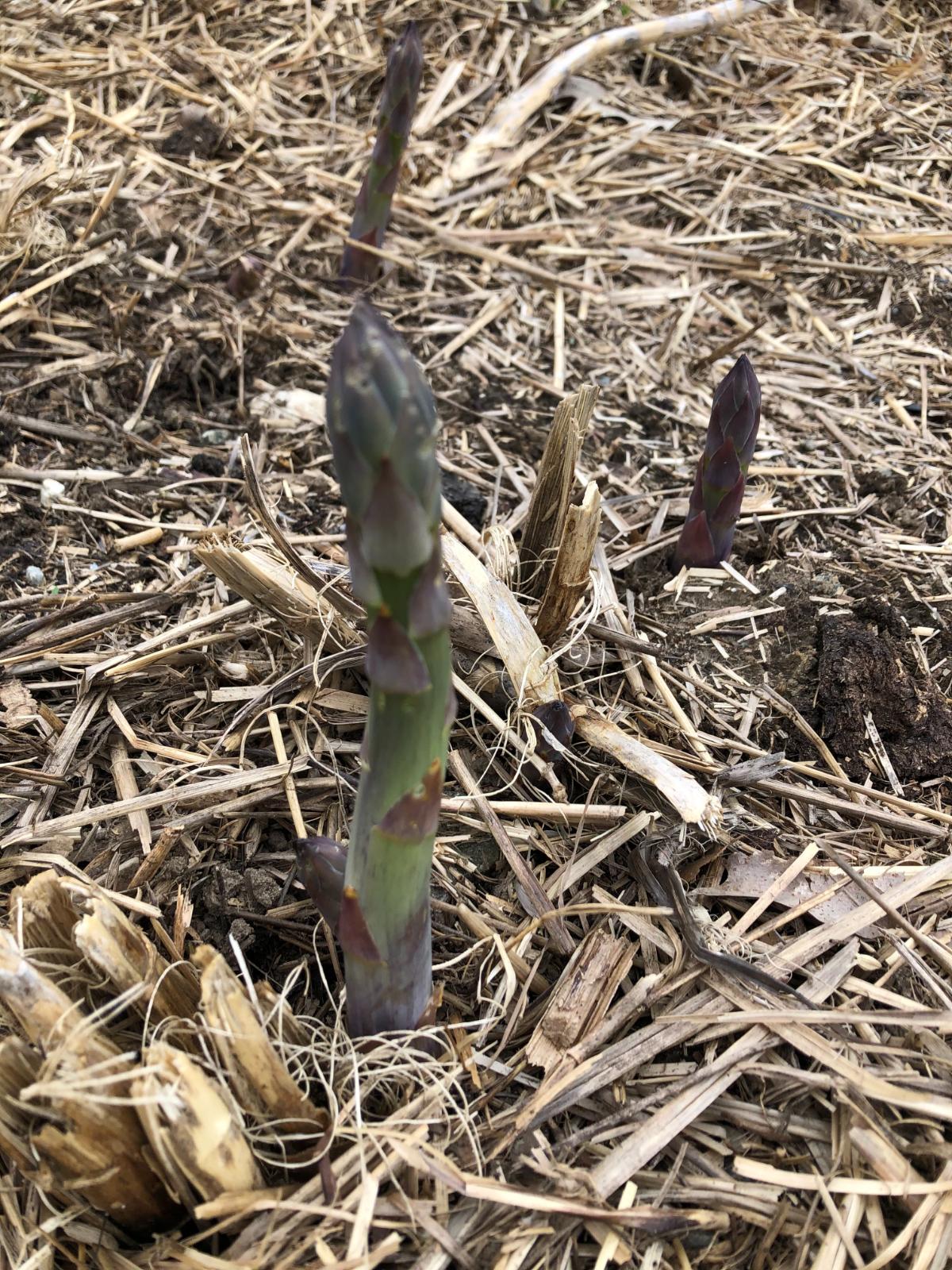
When you’re starting your perennials, don’t forget about edible perennials!
As with most ornamental perennials, seeds for perennial vegetables and edible perennials tend to be slow to germinate and/or slow to grow. If you’re starting from seed, you'll want the extra time to get them up to speed before transplanting time.
Another reason to start perennial edibles early is that many of them can (and often should) be planted out as soon as the soil is workable. Planting early in the spring, even before the last frost, allows the roots to develop in cooler soils.
Cool soil is important for strong perennial root development. Once the temperature and soil turn warm, most perennial plants switch over to stalk growth, leafing, blossoming, and fruiting. But if they don’t have the root development to support them, they can be weak or fail.
So, starting early from seed is in part to give them the time they need to grow to transplant size, but it is also because that transplant time comes earlier in the year for them.
Some edible perennials to start early from seed include:
- Rhubarb
- Asparagus
- Strawberry plants
- Artichoke
- Malabar spinach
- Horseradish
- Berry* bushes (typically started more from cuttings)
*Note that it is more common to grow these plants by splitting (dividing) or via other propagation methods like rooting cuttings. They can be less reliable when started from seed, and that is why we don’t see seed offered for all of these types of plants. If you are starting them from seed, make sure you buy good seed from a reliable, reputable seed company so you know the variety and its expectations. Some on this list can be started either from seed or from other propagation techniques like cuttings or division.
5. Slow-Growing Annual Vegetables
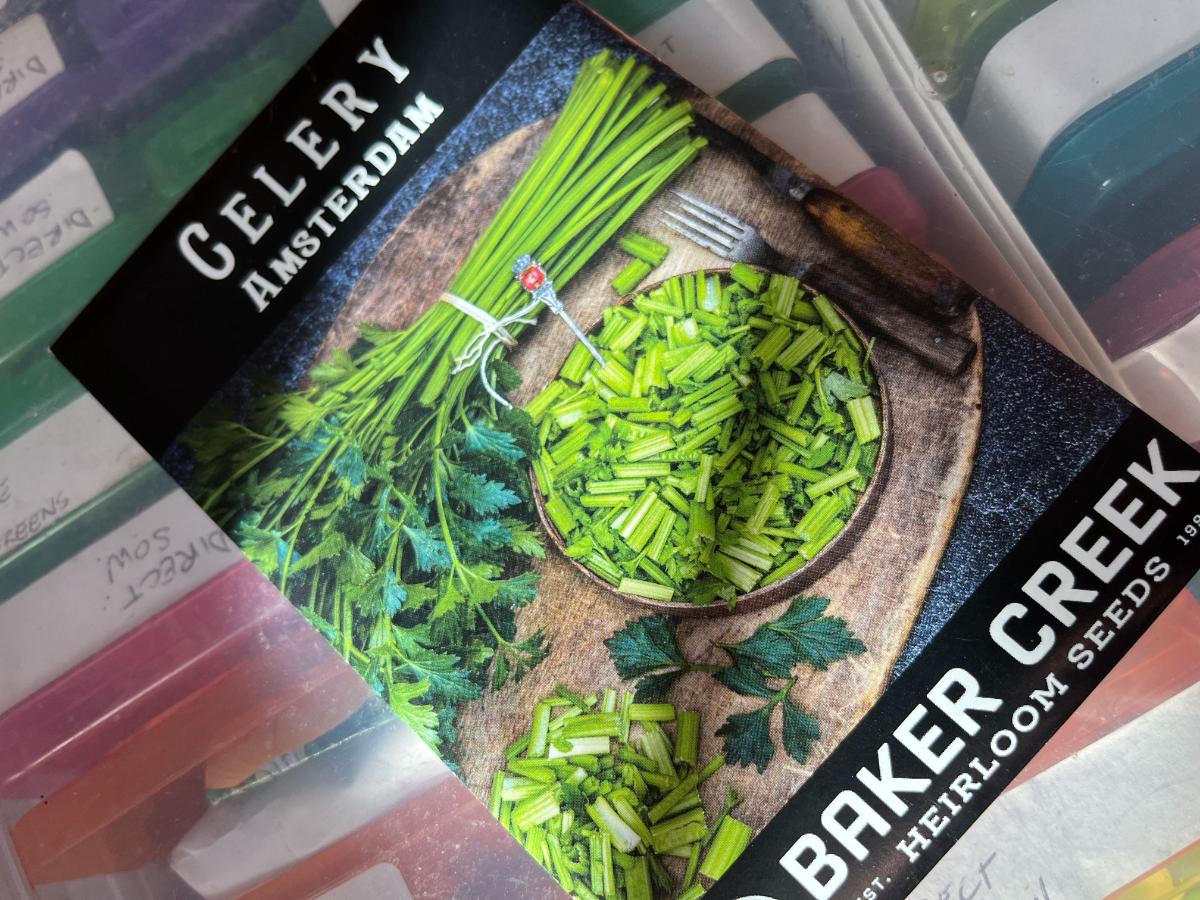
There are a handful of annual vegetables that you will want to give a very early start to, up to as much as 16 weeks before the transplant date. (You’ll want all of these started by no later than 12 weeks before your last frost date).
Starting these plants early is a combination of slow germination and slow growth to achieve favorable transplant sizes before their planting date.
Allium family members are the prime candidates, but there are others as well:
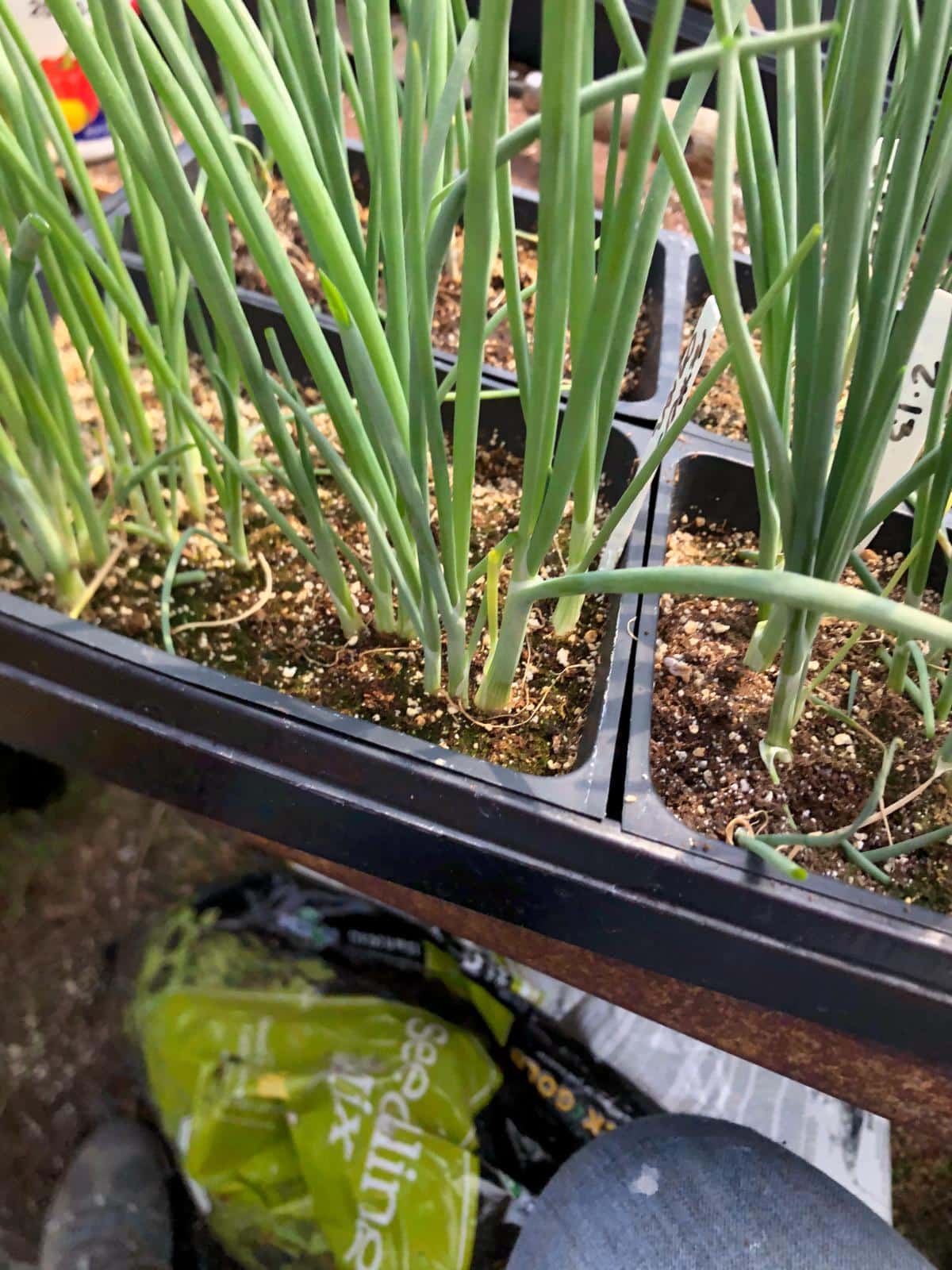
- Alliums (Onions)
- Leeks
- Spanish onions
- Shallots
- Celery
- Celeriac
Read Seed Descriptions for Recommended Seed Starting Times

For all of the seeds included on these lists, 12 to 16 weeks before the last frost or planting time is not too early to start. Though we’ve covered a lot of ground, there are more that could be planted.
The best advice is to always read seed descriptions or seed packets for seed starting timing and recommendations.
Pay attention to any special requirements specific to what you’re growing and specific to varieties, such as stratifying or scarifying. For seeds that have special requirements like this, you’ll need to build that into your planting time frame.
For more specifics on what types of seed to start first and help determine the timing for starting different types of plants from seed, check out these other articles:

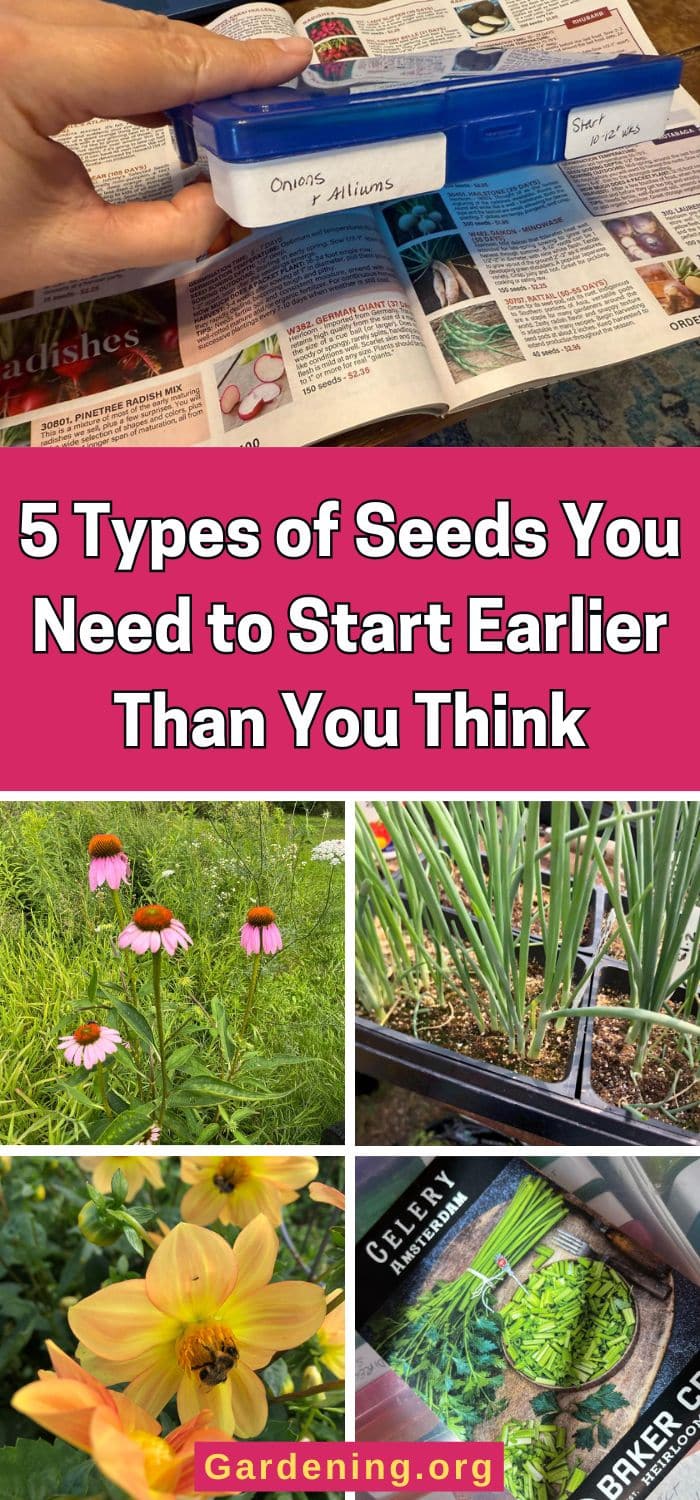
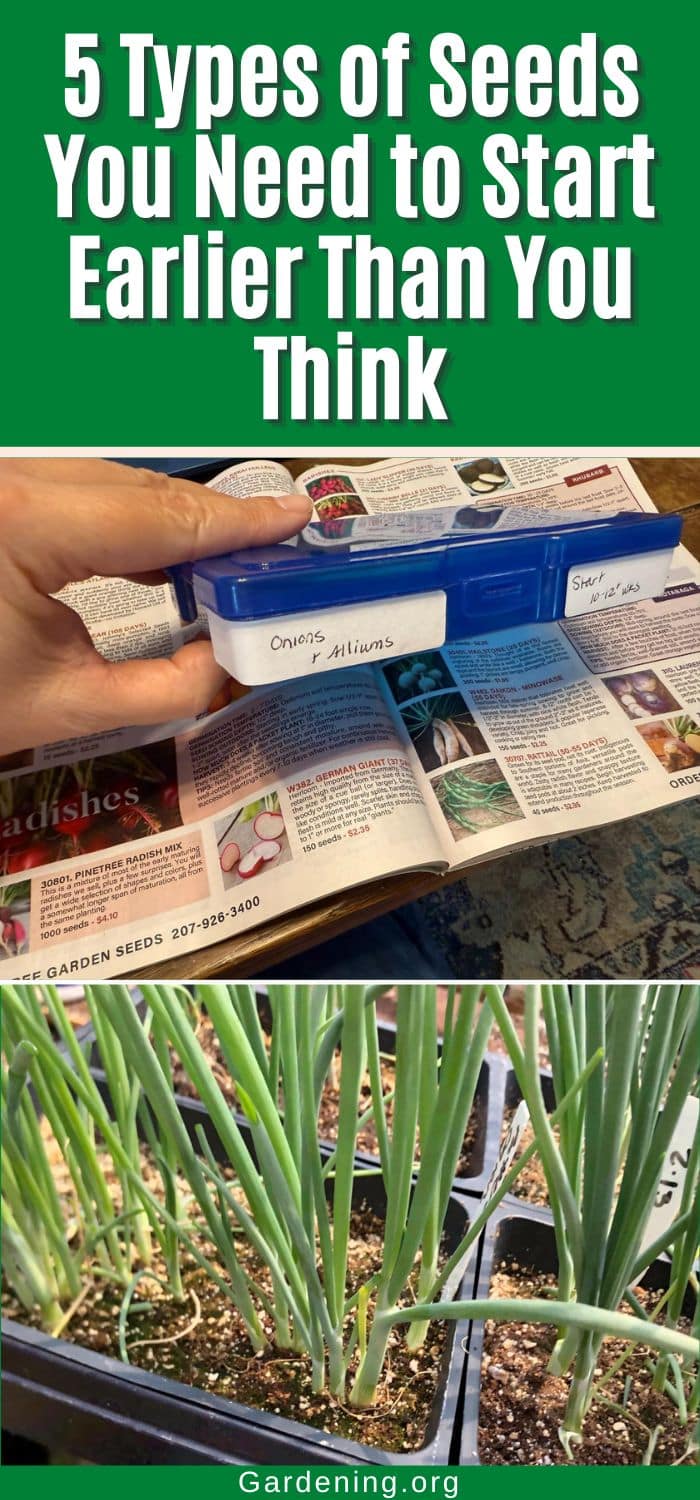
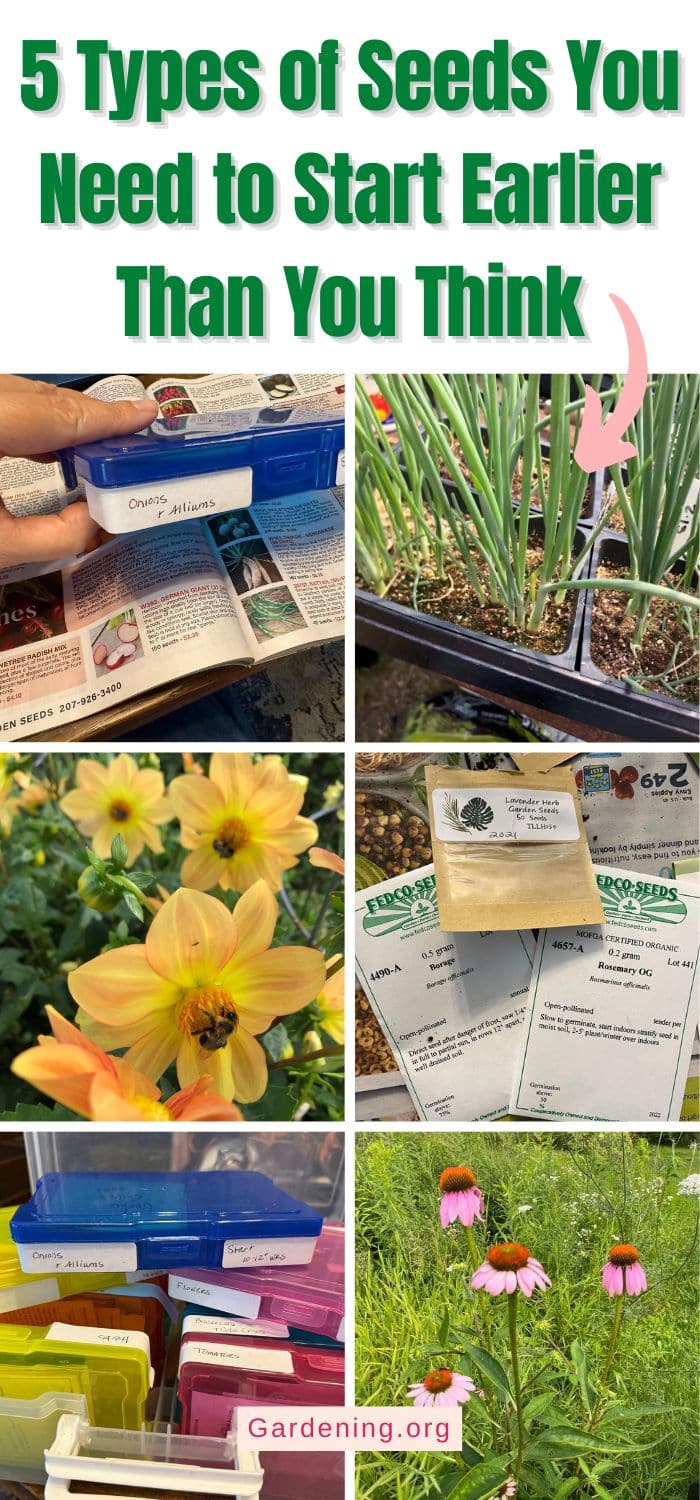
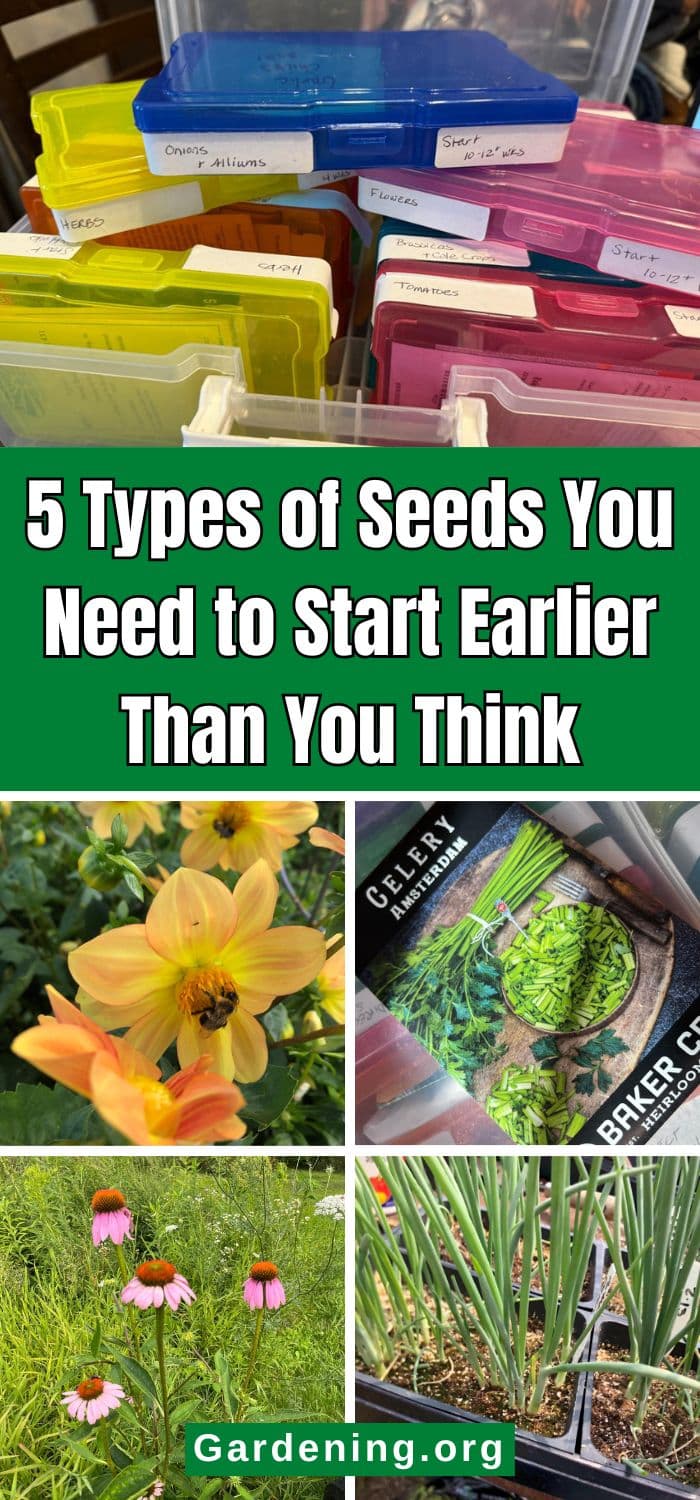

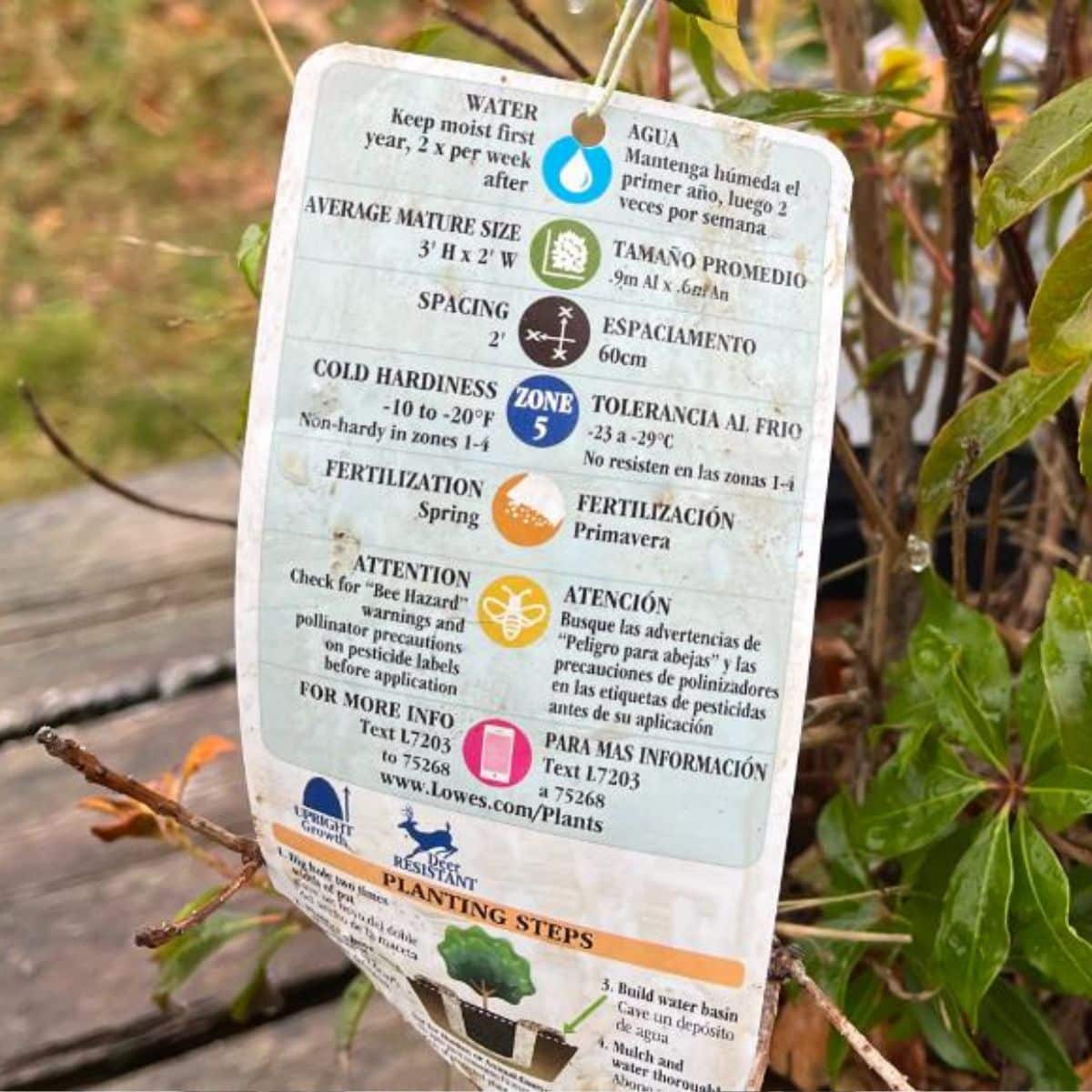

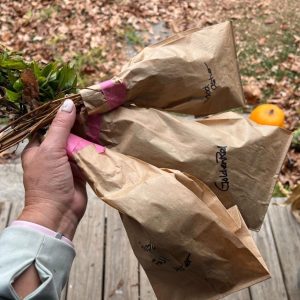
Crystal Yvette Lewis
Thank you for this opportunity and informative information etc